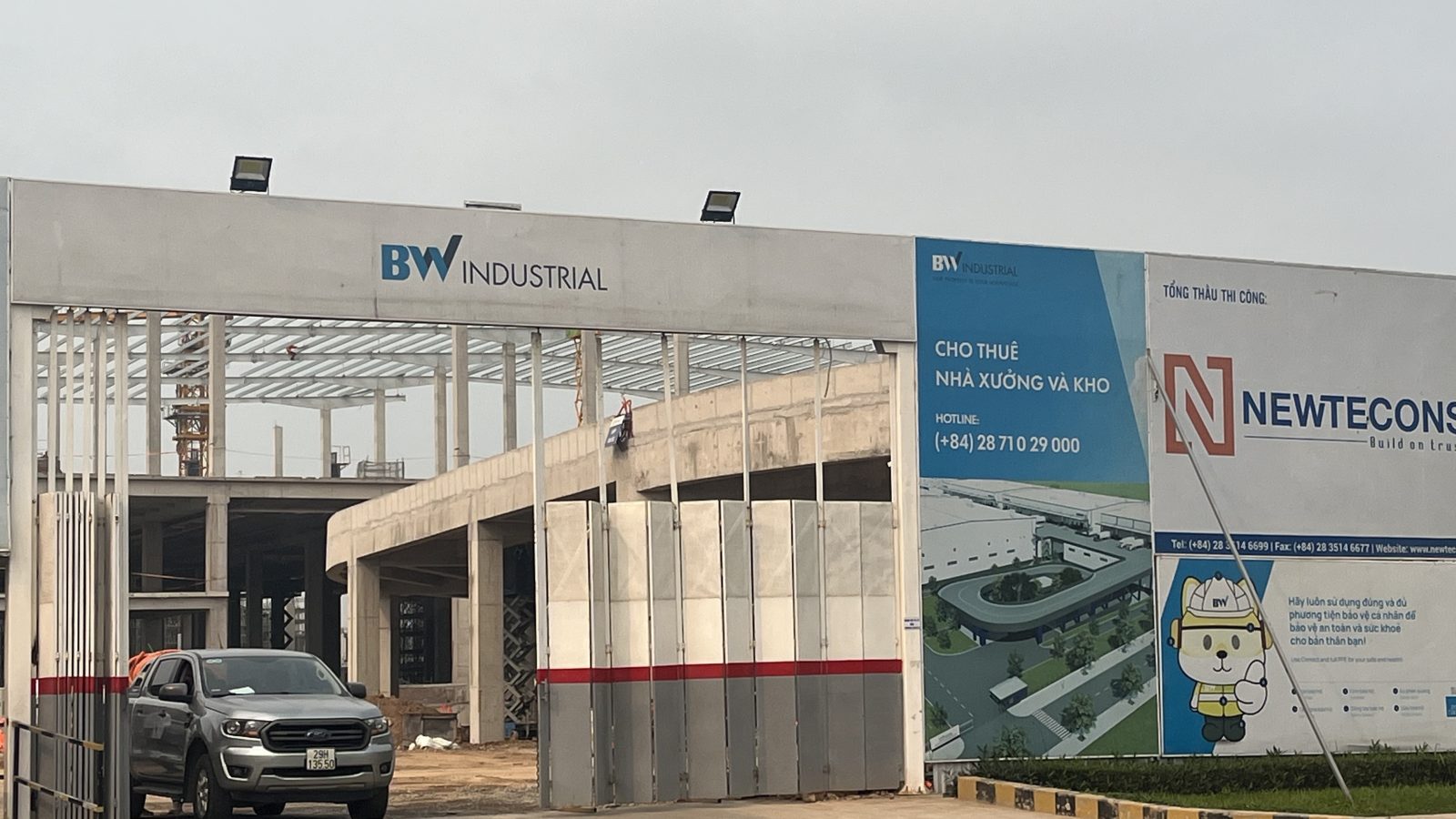Caught in the Crossfire: Vietnam's Delicate Dance Between U.S. and China's Economic Showdown

Vietnam Rises as a Tech Manufacturing Powerhouse: Opportunities and Challenges
In the rapidly evolving landscape of global technology supply chains, Vietnam has emerged as a compelling alternative for companies seeking to reduce their dependence on Chinese manufacturing. This Southeast Asian nation is quickly transforming itself into a strategic hub for tech suppliers looking to diversify their production networks.
The country's appeal is multifaceted. With its young, skilled workforce, competitive labor costs, and increasingly sophisticated infrastructure, Vietnam offers an attractive destination for technology companies seeking to mitigate risks associated with concentrated manufacturing in China. Government incentives and a growing ecosystem of tech manufacturing support have further enhanced its attractiveness.
However, potential investors and tech suppliers must navigate a complex landscape. While Vietnam presents significant opportunities, challenges remain, including potential infrastructure limitations, regulatory complexities, and the need for continued workforce development. Companies must conduct thorough due diligence and develop nuanced strategies to successfully leverage Vietnam's emerging tech manufacturing potential.
As global supply chains continue to recalibrate in response to geopolitical tensions and economic shifts, Vietnam stands poised to play an increasingly important role in the international technology manufacturing ecosystem.
